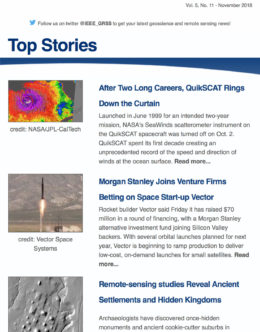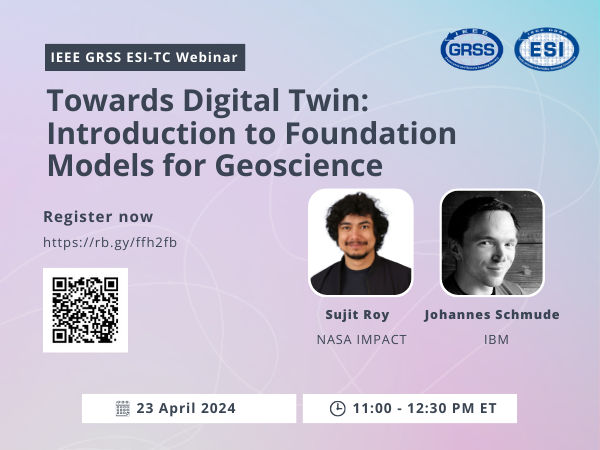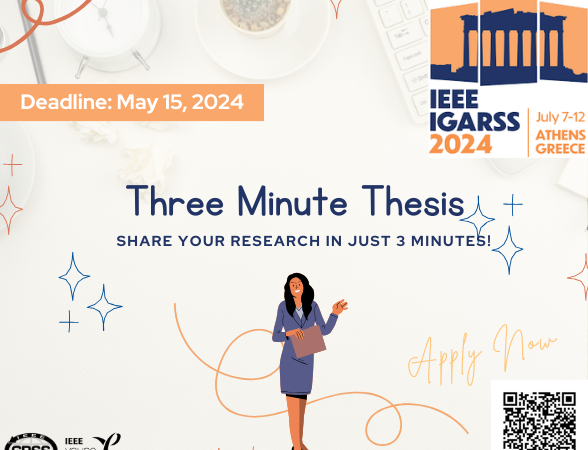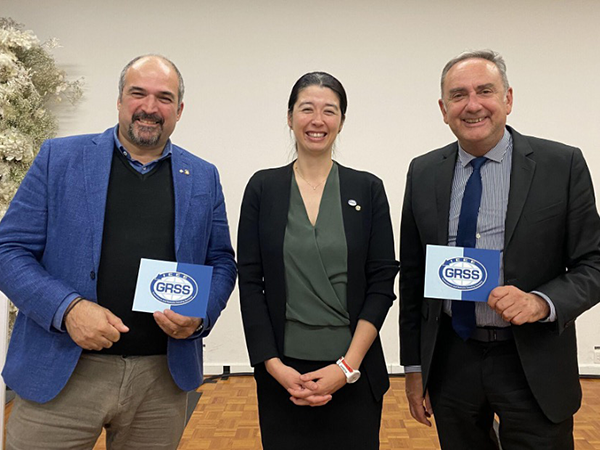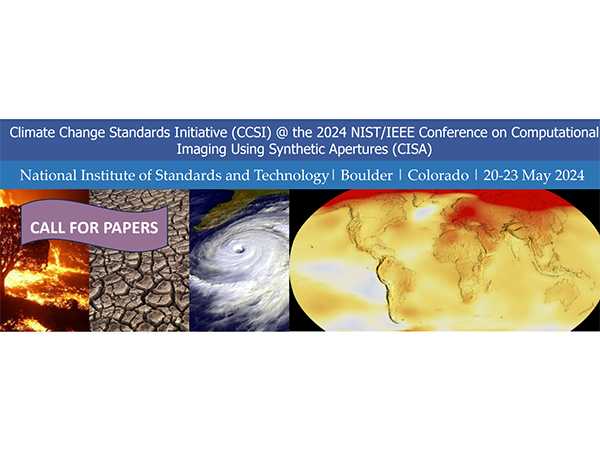Dr. Sujit Roy works as a Computer Scientist Level VI at NASA’s Interagency Implementation and Advanced Concept Teams (IMPACT), where he leads the development of foundational models for analyzing satellite imagery and enhancing weather forecasting, resulting in practical multiple scientific applications. Prior to his tenure at NASA IMPACT, Dr. Roy contributed to the field of Explainable AI at the University of Manchester. He received his PhD in Computer Science from Ulster University in collaboration with the Indian Institute of Technology Kanpur, India. In his PhD, he contributed to the domain of Computational Neuroscience by developing algorithms for Advancing MEG- and EEG-Based Decoding of Motor Imagery for Practical Brain-Computer Interfaces. He has experience of 10 years in Research and Development in the field of machine learning and deep learning. He is also a Co-founder of BrainAlive Research Pvt Ltd. His professional repertoire spans deep learning, brain-computer interfaces, and image processing. Dr. Roy is particularly focused on advancing computer vision, video/image processing, explainable artificial intelligence, signal processing/synthesis, and reinforcement learning.

Johannes Schmude, Ph.D. Dr. Johannes Schmude is a Senior Research Scientist and Manager at IBM’s Thomas J. Watson Research Center in Yorktown Heights, NY. He leads the development of large AI models for weather and climate. Prior to joining IBM Dr. Schmude was a postdoctoral fellow at the Kavli Institute for Physics and Mathematics of the Universe (University of Tokyo), the RIKEN Nishina Center for Accelerator-Based Science as well as the University of Oviedo. He holds a PhD from Swansea University as well as a Master of Advanced Studies from the University of Cambridge.











